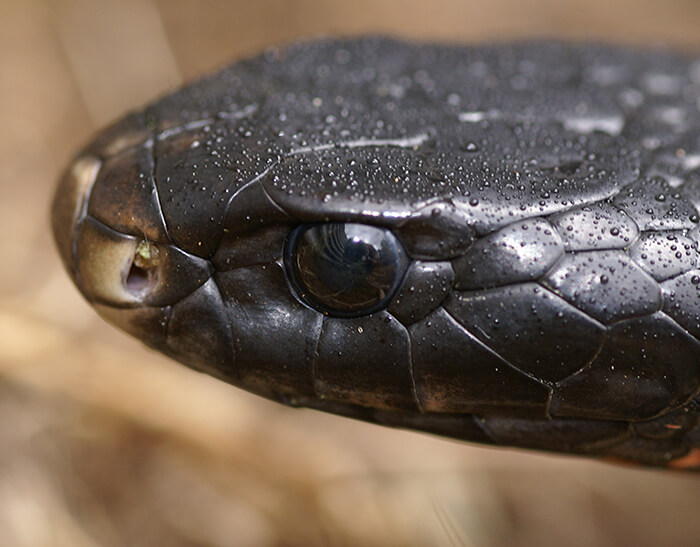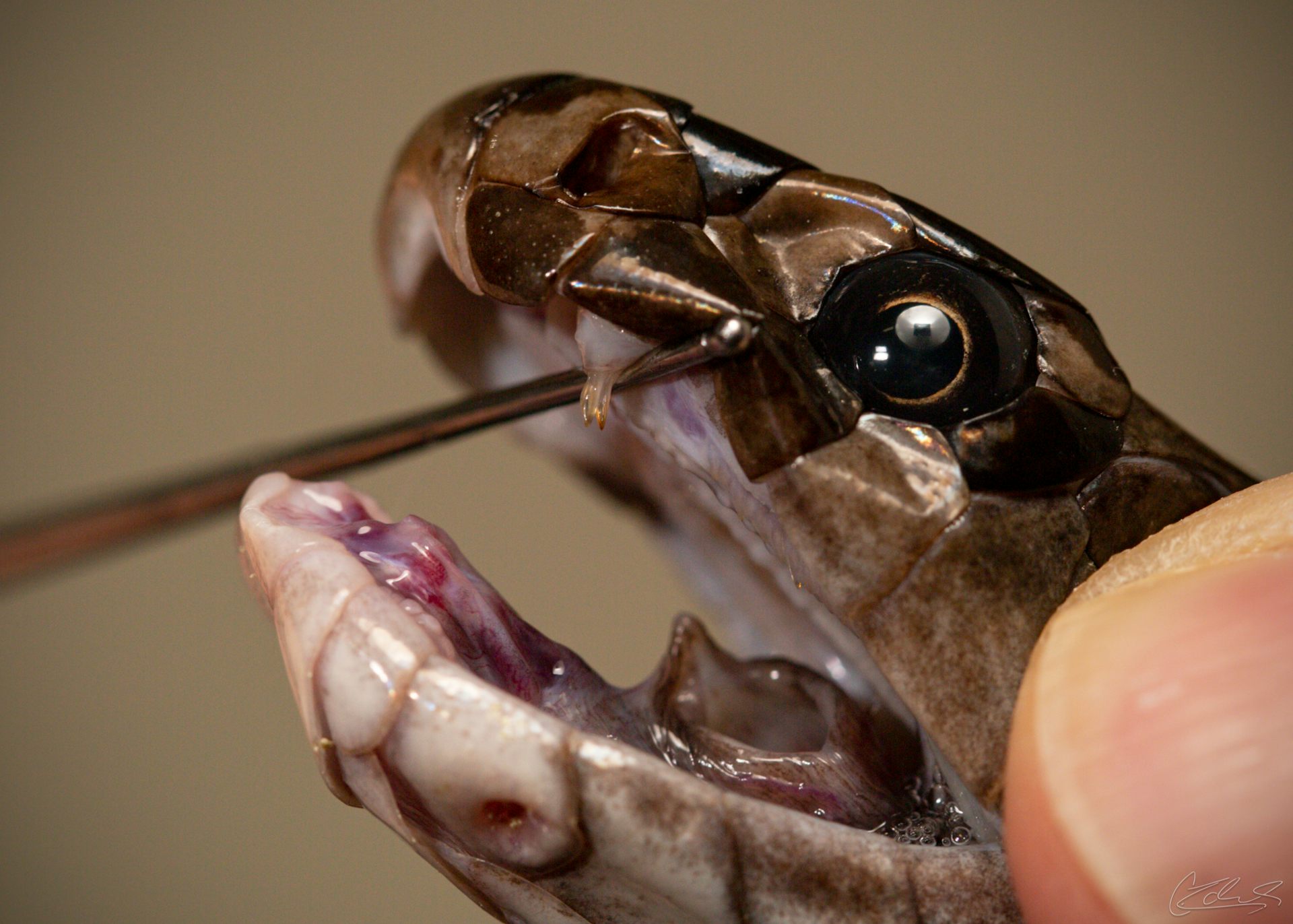Introduction
Tiger serpents (Notechis scutatus) are amongst one of the most interesting yet feared reptiles located in Australia. With their striking look and powerful venom, these serpents evoke a mixture of wonder and care. Observing tiger snakes in their native environment can be a thrilling experience for nature enthusiasts, wildlife professional photographers, and scientists alike. Nevertheless, it's crucial to approach this undertaking with respect for the pet's habitat and an understanding of precaution to stop serpent bites.
In this detailed overview, we'll check out how to securely observe tiger serpents in their all-natural habitat. blue belly black snake We will cover subjects ranging from comprehending their actions and environments to emergency treatment for serpent attacks-- equipping you with understanding to improve your experience while lessening threats.
What is a Tiger Snake?
Tiger serpents are extremely venomous serpents belonging to Australia, particularly Tasmania and coastal areas. They are recognized for their distinctive banded pigmentation resembling a tiger's red stripes, which can vary from yellowish-brown to juvenile dugite snake dark brown or even black.

Physical Characteristics
Tiger serpents are medium to large-sized snakes that can mature to 2 meters long. Their bodies are durable, and they have a broad head that is noticeably broader than their necks.
Habitat Preferences of Tiger Snakes
These reptiles typically populate marshes, estuaries, and coastal areas yet can likewise be found near freshwater sources like rivers and lakes. Understanding where these serpents live is important for anybody seeking to observe them safely.
Understanding Tiger Serpent Behavior
Are Tiger Snakes Venomous?
Yes, tiger snakes are among the most poisonous serpent varieties internationally. Their venom includes neurotoxins that can result in severe medical problems if bitten.
Behavioral Traits
Tiger snakes are typically reluctant creatures; they choose to stay clear of human communication. Nevertheless, they can become hostile if threatened or caught.
Where Can You Find Tiger Snakes?
Tiger Snake Habitat Exploration
To securely observe tiger snakes in their natural habitat, it's crucial initially to recognize where they grow. They often tend to prefer:
- Coastal marshlands Mangroves Swamps Riverbanks
Best Areas for Observation
Some advised locations consist of:
- Tasmanian wetlands The coasts of southern Australia National parks with water bodies
Safety Preventative measures Before Observing Tiger Snakes
Understanding the Risks of a Tiger Snake Bite
Although experiences with tiger serpents can be thrilling, understanding the threats involved is paramount:
Recognize signs of a serpent bite: swelling at the website, discomfort emitting from the bite area. Know emergency situation get in touches with: Acquaint on your own with regional emergency situation services. Carry a first-aid kit specifically outfitted for serpent bites.First Aid for Serpent Bites: What You Need to Know
Knowing what actions to take if bitten could save your life or another person's:
- Stay calmness; activity enhances venom spread. Call for clinical help immediately. Do not apply ice or attempt suctioning.
How to Securely Observe Tiger Snakes in Their All-natural Habitat
When you decide to observe tiger snakes in the wild: Conservation and Education
Dress Appropriately: Wear lengthy pants and tough boots. Use Binoculars: Maintain a secure range while observing these reptiles. Avoid Abrupt Movements: Quick movements may alarm them. Stay on Developed Trails: Avoid straying right into thick underbrush where visibility is low.Equipment Needed for Observation
Essential Equipment Checklist
- Binoculars First-aid kit particularly developed for snake bites Field guidebook on Australian reptiles Camera (with zoom capability)
Snake Bite First Aid Kit Essentials
A well-equipped first aid package must consist of:|Product|Function|| -------------------------------|-------------------------------|| Compression bandage|To immobilize the damaged area|| Antihistamines|For allergic reactions|| Emergency situation contact numbers|Quick gain access to during emergencies|
Interpreting Tiger Serpent Signals
Understanding just how tiger snakes connect via body language assists observers gauge when it's safe or hazardous:
Common Behaviors
Defensive pose: If curled or raised off the ground. Retreating actions: When they gradually retreat from potential threats.Dealing With Potential Encounters
Even with safety measures taken, an experience may still happen throughout your monitoring trip:
Remain tranquility; panicking only enhances risks. Slowly retreat without transforming your back on the snake. Make your visibility recognized verbally but avoid sudden movements.Frequently Asked Inquiries Concerning Tiger Snakes
1. What need to I do if I see a tiger snake?
Remain tranquility; observe from a range without troubling it.
2. Are baby tiger snakes dangerous?
Yes, juvenile tiger serpents are born poisonous and might present dangers comparable to adults regardless of being smaller.
3. Exactly how usual are tiger serpent bites?
While occurrences occur each year in Australia, fatalities are rare because of timely therapy availability.
4. Can I keep a tiger snake as a pet?
Keeping wild tiger serpents as pets is illegal in lots of regions because of preservation laws.
5. What does a tiger snake bite appearance like?
Bite marks normally show two puncture wounds together with localized swelling and discoloration.


6. Exactly how reliable is antivenom?
Antivenom therapy is extremely reliable when provided timely after a bite.
Conclusion
Observing tiger snakes in their natural habitat supplies an exciting chance for wild animals fans yet must be approached with caution and respect for both the creature and its environment. By arming on your own with understanding about these fascinating reptiles-- consisting of recognizing their habits and safety measures-- you can delight in remarkable experiences while considerably decreasing threats connected with encounters.
In recap, constantly focus on safety by preparing adequately before embarking on any kind of wildlife monitoring expedition-- especially when handling a few of nature's most venomous creatures like the tiger snake!